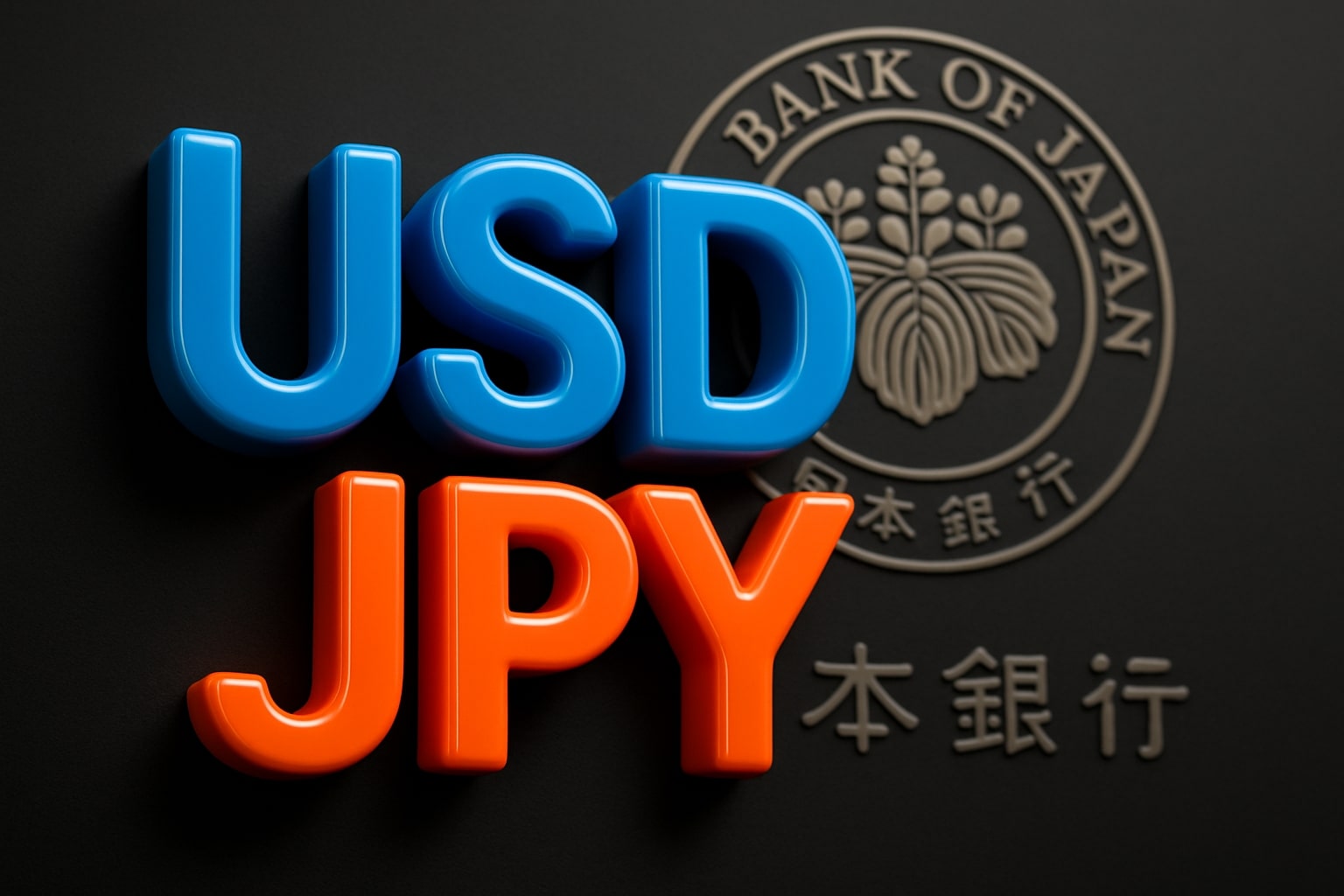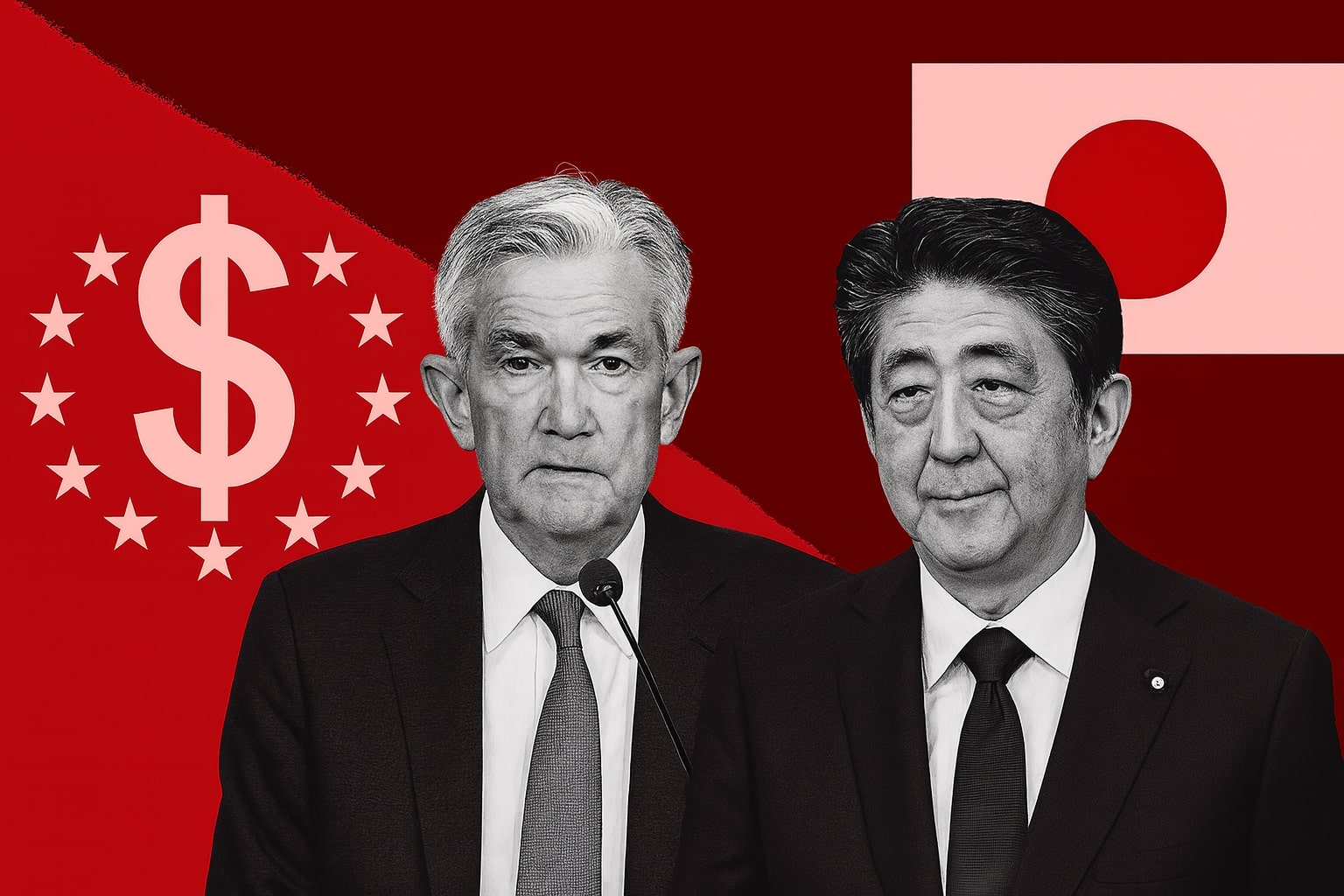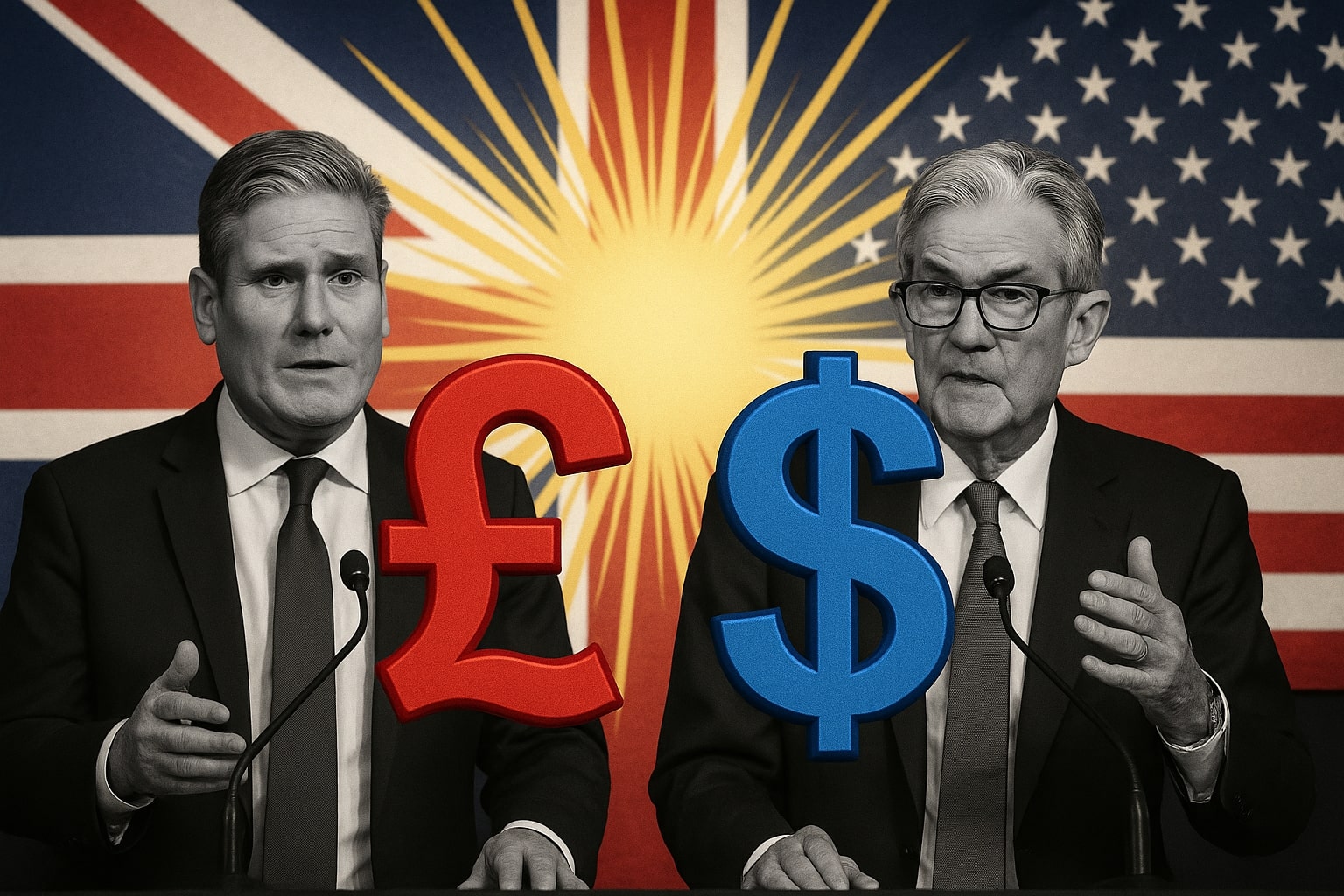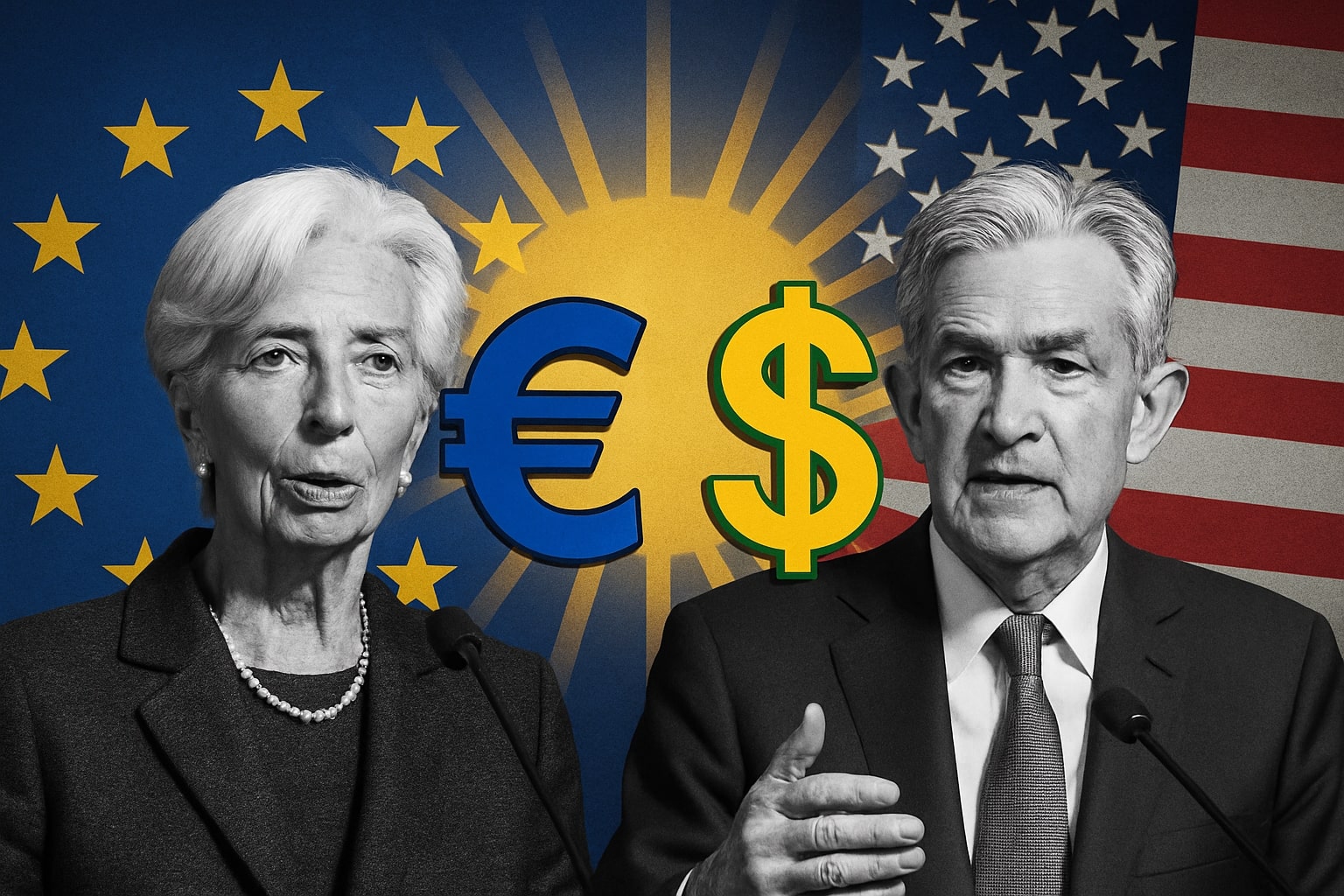
USD/JPY Price Forecast - Dollar–Yen Breaks 150.00 Barrier as Takaichi Trade Lifts Dollar 300 Pips
Japan’s new leader sparks renewed yen weakness and revives Abenomics-era policies; USD/JPY climbs 2% to 150.28 with targets at 151.60–152.00 as BoJ delays tightening and U.S. yields hold above 4.1% | That's TradingNEWS
USD/JPY Surges Beyond 150.00 as Political Shift in Tokyo and U.S. Fiscal Chaos Drive Sharp Moves
The USD/JPY pair extended its bullish run above the 150.00 mark, reaching a fresh two-month high as political developments in Japan combined with ongoing fiscal instability in the United States reshaped investor sentiment across global currency markets. The dollar gained over 300 pips from Friday’s close after Sanae Takaichi’s victory in Japan’s Liberal Democratic Party (LDP) leadership election ignited expectations of prolonged monetary easing. Her policies, rooted in Abenomics-style stimulus, signal an era of aggressive fiscal expansion and delayed tightening from the Bank of Japan (BoJ).
Japan’s Political Transition Fuels Yen Weakness and “Takaichi Trade” Momentum
The political shift in Tokyo has redefined the yen’s trajectory. Takaichi’s stance against rate hikes suggests the BoJ could postpone normalization well into 2026, directly weakening the yen. Traders have dubbed the current move the “Takaichi Trade” — a dynamic play of a softer yen and rising Japanese equity benchmarks such as the Nikkei 225, which climbed nearly 1.7% following her win. With BoJ rate-hike bets for October fading rapidly, the yen’s earlier safe-haven bid has eroded, sending the USD/JPY pair to levels not seen since late August.
Market data shows speculative long positions in USD/JPY climbing by 12% week-over-week, while Japanese Government Bond yields retreated to 0.68%, signaling reduced expectations of policy tightening. The pair’s rally above 150.00 triggered intervention chatter from Tokyo officials, yet the Ministry of Finance remained silent — a decision interpreted by traders as tacit approval of further yen depreciation.
U.S. Government Shutdown Deepens Dollar Uncertainty but Doesn’t Stop Bulls
While Japan’s domestic policy backdrop clearly weakened the yen, the dollar’s strength is more complex. In the U.S., the federal government shutdown entered its second week, with negotiations between Democrats and Republicans stalled and former President Trump warning of large-scale layoffs in public services. Normally such dysfunction would drag on the greenback, yet the dollar index (DXY) held near 95.46, supported by haven demand and Treasury yields stabilizing around 4.15%.
However, sentiment toward the U.S. currency remains fragile. Traders anticipate the Federal Reserve could begin rate cuts by March 2026, pricing in roughly 75 bps of easing through next year. The divergence between the Fed’s expected path and the BoJ’s reluctance to act sustains the dollar’s near-term dominance against the yen despite U.S. political paralysis.
Technical Structure: USD/JPY Targets 151.60 While RSI Flashes Overbought
On the charts, USD/JPY has extended more than 2% higher from the prior week’s low at 146.54, building on a rebound from critical support defined by the March trough and the 38.2% retracement of the April advance. The pair’s surge above the 50-day EMA at 149.30 confirms a breakout, with the next resistance seen at the 100% Fibonacci extension of the April rally near 150.88 and a more formidable ceiling at the 61.8% retracement of the yearly range at 151.62–151.94.
Momentum indicators remain stretched. The RSI hovers around 74, suggesting overbought conditions, while the MACD histogram shows fading upside acceleration — a hint that the pair could consolidate near current levels before attempting another leg higher. Short-term support lies at 148.65–148.84, aligning with the December low and May high overlap. A daily close below 148.60 would neutralize the bullish bias, whereas sustained closes above 150.90 open the door to a test of 152.00 — a level last defended by the Bank of Japan during its 2022 intervention.
Read More
-
GPIX ETF At $52.52: 8% Yield And Dynamic S&P 500 Income Upside
13.12.2025 · TradingNEWS ArchiveStocks
-
XRP ETFs Surge Toward $1B As XRPI Hits $11.64 And XRPR $16.48 With XRP Near $2
13.12.2025 · TradingNEWS ArchiveCrypto
-
Natural Gas Price Forecast: NG=F Hovers Near $4.07 Support After 22% Weekly Slide
13.12.2025 · TradingNEWS ArchiveCommodities
-
USD/JPY Price Forecast - Dollar to Yen at 154–158 Range as BoJ 0.75% Hike and Fed Cut Debate
13.12.2025 · TradingNEWS ArchiveForex
Macro Divergence Between BoJ and Fed Keeps Carry Trades Alive
The macro environment continues to reward dollar-yen carry trades. With U.S. short-term yields still far above Japan’s near-zero policy rate, the interest-rate differential exceeds 400 bps, making USD funding attractive for global investors. BoJ Governor Ueda’s recent remarks on “carefully observing wage growth before considering normalization” underscore the institution’s patient stance, while Fed policymakers such as Austan Goolsbee and Christopher Waller maintain that any rate cuts must wait for clear evidence of slowing inflation.
This divergence cements Japan’s role as the world’s funding hub. Japanese institutional investors have increased foreign bond purchases by ¥1.2 trillion in September alone, data from the Ministry of Finance showed, pushing additional yen outflows and reinforcing upside pressure on USD/JPY.
Risk Factors: Intervention Threats and Shifting Yield Spreads
Despite the bullish tone, traders remain alert to potential verbal or direct intervention. The Finance Ministry last stepped in when USD/JPY crossed 151.90, and similar rhetoric could re-emerge if volatility spikes. Japan’s consumer inflation remains at 2.6% YoY, modestly above target, which complicates intervention justification since yen weakness is helping corporate profits and export competitiveness.
Meanwhile, U.S. yield spreads have narrowed slightly, with the 2-year/10-year Treasury gap at –33 bps, reducing but not eliminating the dollar’s yield advantage. Should upcoming U.S. payrolls data surprise on the downside — now rescheduled after the shutdown delay — it may limit further dollar strength and offer the BoJ temporary relief from currency depreciation pressure.
Market Sentiment: Equity Rally, Bond Stability, and Safe-Haven Rotation
The risk-on mood in global equities has diluted demand for the yen as a traditional haven. The Nikkei 225 and TOPIX indices both rallied over 1.5%, while U.S. indices held firm — the S&P 500 up 0.36%, the Nasdaq 0.71%, and the Dow Jones down a modest 0.14%. This environment encourages capital flow into higher-yield assets and away from defensive currencies.
At the same time, commodities paint a mixed picture: gold is trading near $3,988/oz, signaling that not all investors have abandoned safety trades. Still, as long as energy and equity markets stay buoyant, yen weakness will likely persist.
Outlook: Short-Term Consolidation, Medium-Term Upside Bias
Given the current mix of technical and fundamental drivers, USD/JPY may consolidate between 149.50–151.60 in the coming sessions before defining its next directional phase. A decisive weekly close above 151.60 would pave the way for an assault on the 152.80–153.00 region, last tested in late 2022. Conversely, renewed U.S. fiscal uncertainty or dovish Fed commentary could trigger profit-taking back toward 148.50.
All considered, the pair’s structure and rate differential still favor the dollar, supported by political transition in Japan and a delayed tightening path by the BoJ. As long as yields stay anchored above 4% and Tokyo refrains from currency intervention, USD/JPY (symbol USDJPY) maintains a bullish bias with upside targets at 151.60–152.00, reaffirming its role as the leading macro trade of early Q4 2025.



















